[Herald Interview] Living witness recounts forging of US, South Korea's 'blood alliance'
88-year-old Korean War vet who loaded bombs onto US jets recalls soldiers' bravery and sacrifices that set foundation for modern S.Korea
By Ji Da-gyumPublished : June 22, 2023 - 15:26
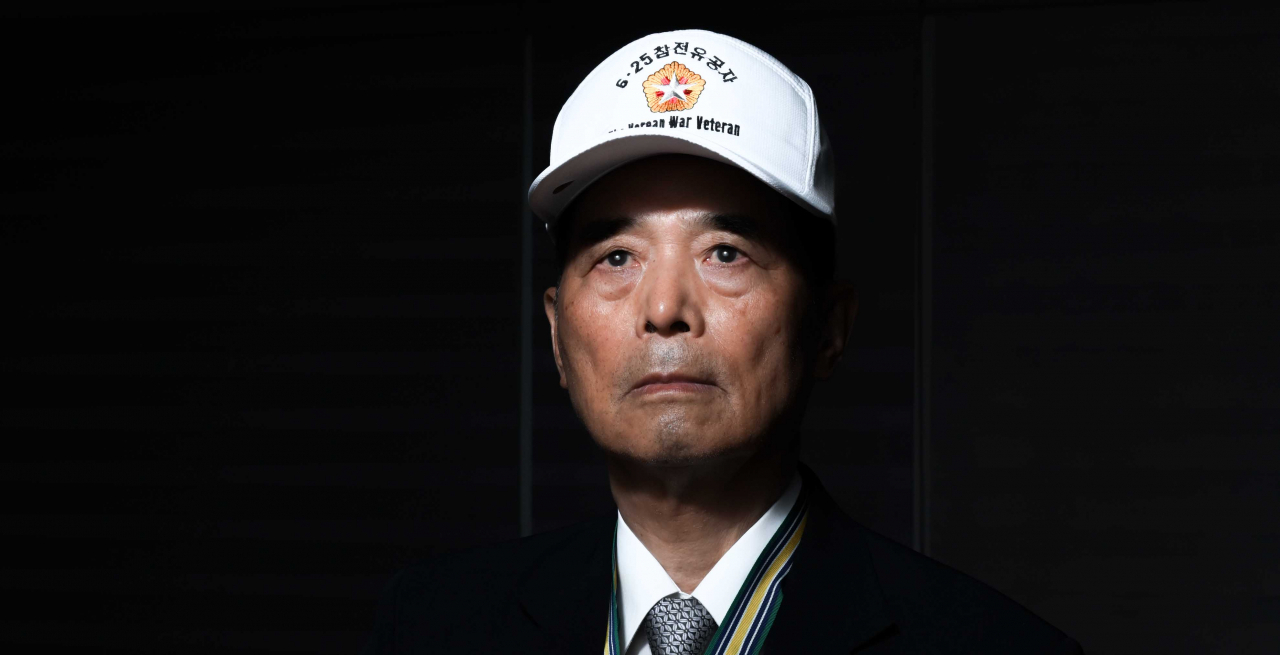
At the age of 16, Lee In-bum made his way to Gangneung, Gangwon Province, in July 1951 amid the chaos of the Korean War, which had broken out the year before and torn the nation into pieces.
Although he was too young to enlist officially in the South Korean military, he was set on finding a way to help defend his homeland against the forces of North Korea and China. Through his service, the war veteran said he bore witness to the making of the "blood alliance" between South Korea and the United States.
"I clearly understand the true significance of the blood alliance. I toiled along with them," the now 88-year-old Lee told The Korea Herald on Tuesday at the Veterans Hall of Patriots and Heroes in Seoul. The Herald sat down with Lee in commemoration of June 25 – the day the three-year Korean War began in 1950, sparked by North Korea’s sudden attack on the South.
Driven by his genuine desire to make a meaningful contribution, Lee recalled how he approached the gates of the K-18 Gangneung Air Base, where the US Marine Aircraft Group 12 under the auspices of the 1st Marine Aircraft Wing was stationed. Standing shoulder to shoulder with the US Marine Corps in Gangwon Province, near the 38th parallel, Lee personally experienced the strength of the alliance.
Lee was able to communicate with US forces as he had learned English while in the port city of Busan. During his time there, he actively supported the US forces by organizing and categorizing food supplies intended for South Korea. He said he picked up English by memorizing the English names of approximately 300 food products.
Though he was merely a teenager, Lee earned the trust of the Marine Aircraft Group 12 and was entrusted with a crucial responsibility amid the workforce shortage during those challenging times.
Lee was in charge of aircraft armament maintenance. He assembled fuses and affixed them to aerial bombs, ensuring their proper functionality. Additionally, he personally undertook the task of loading 13-kilogram bombs onto the US' Corsair fighter jets, preparing them for their imminent takeoff from the airfield.
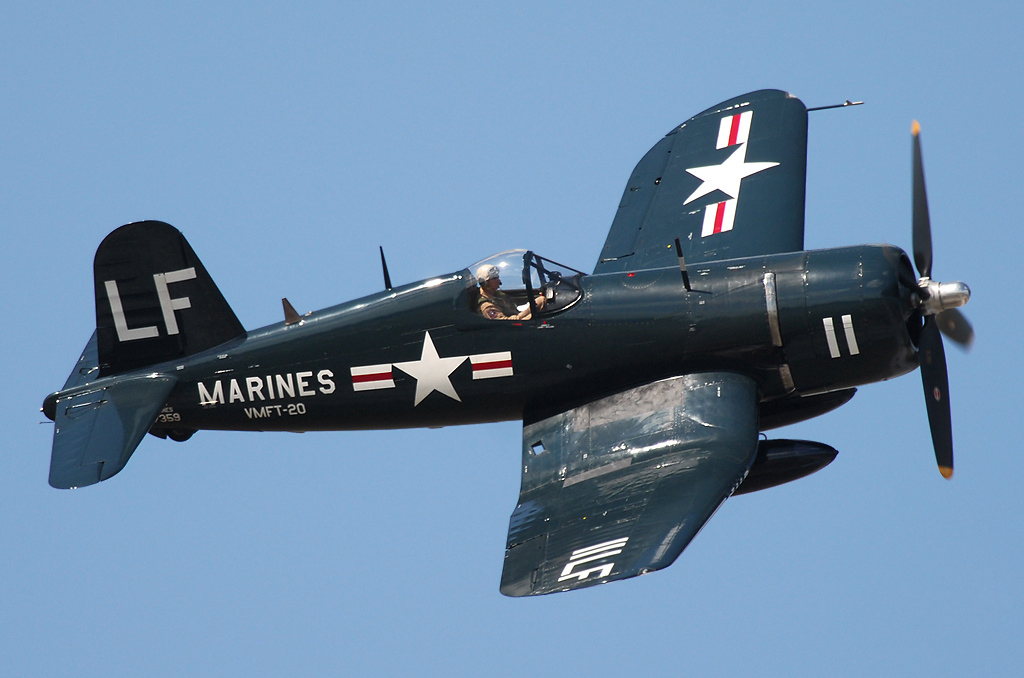
More than 70 years have passed, but his memories of the profound sacrifices made by US Marine aviators continue to stir the depths of Lee's heart.
"Although I was young at the time, I genuinely appreciated the immense efforts made by the US forces to come all the way to South Korea, thousands of miles away, and fight for our country."
Lee was unable to contain his emotions as tears streamed down his face during the interview. He recalled the Marine pilots who bravely returned, their bodies and aircraft bearing the scars of enemy anti-aircraft fire.
"The most heart-wrenching moment for me was when I saw fighter aircraft pilots, hit by enemy fire, return with scars. The emotions I experienced during those times are indescribable."
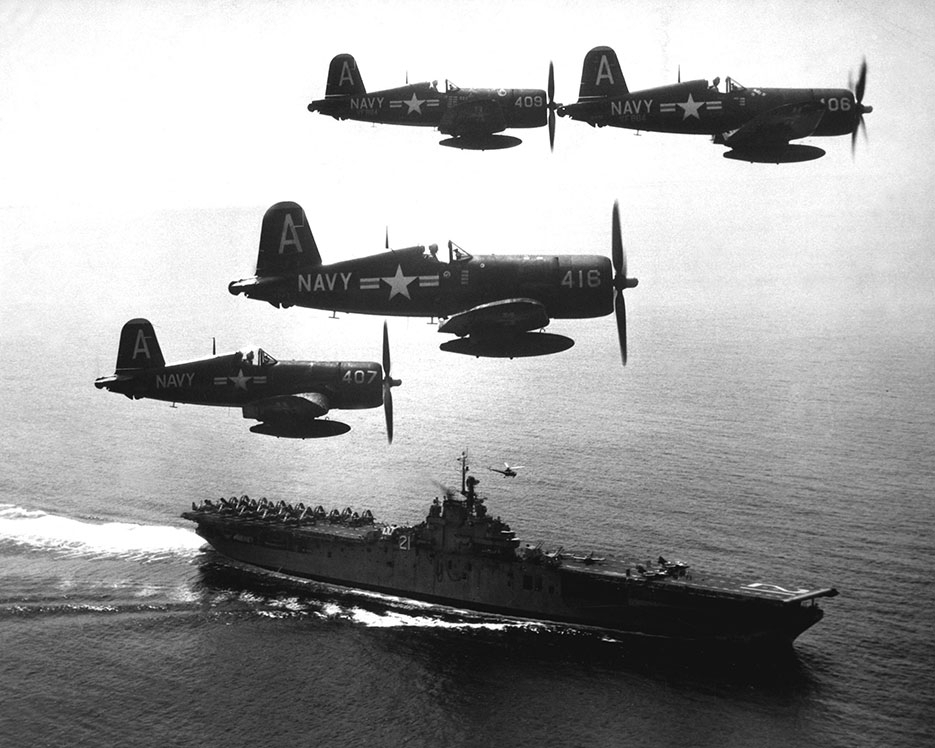
There were instances where the planes' wings were damaged, or the canopy had shattered due to anti-aircraft fire. In some cases, the aircraft returned with only the engine and the skeletal structure remaining, having endured hits from enemy anti-aircraft artillery.
In certain situations, when pilots were unable to release a malfunctioning bomb, they had no alternative but to land with the bomb still attached, putting their lives at risk. As the aircraft made contact with the ground, the bomb would sway back and forth, causing sparks upon collision with the runway.
"When I witnessed a fighter jet descending to land at the airfield with the bombs I had mounted, I was truly on pins and needles, fearful of the possibility of them exploding," Lee said.
"It felt as though my heart was being torn apart, engulfed in flames. With such sentiments, I dutifully carried out my responsibilities. So when I loaded the bombs and witnessed the combat pilots taking off, I always silently offered prayers for their safe return."
No matter how severe the damage, the US Marine pilots steadfastly towed the aircraft all the way to the runway partially to inform their fellow comrades about their status and to ensure that they would not be classified as missing in action.
"I remember fighter pilots still managing to land in the airfield despite being injured and shedding blood," Lee recounted. "However, I couldn't witness those who lost their lives in the same manner. When someone perishes in the air, it usually indicates that their aircraft either exploded midair or crashed into enemy territory."
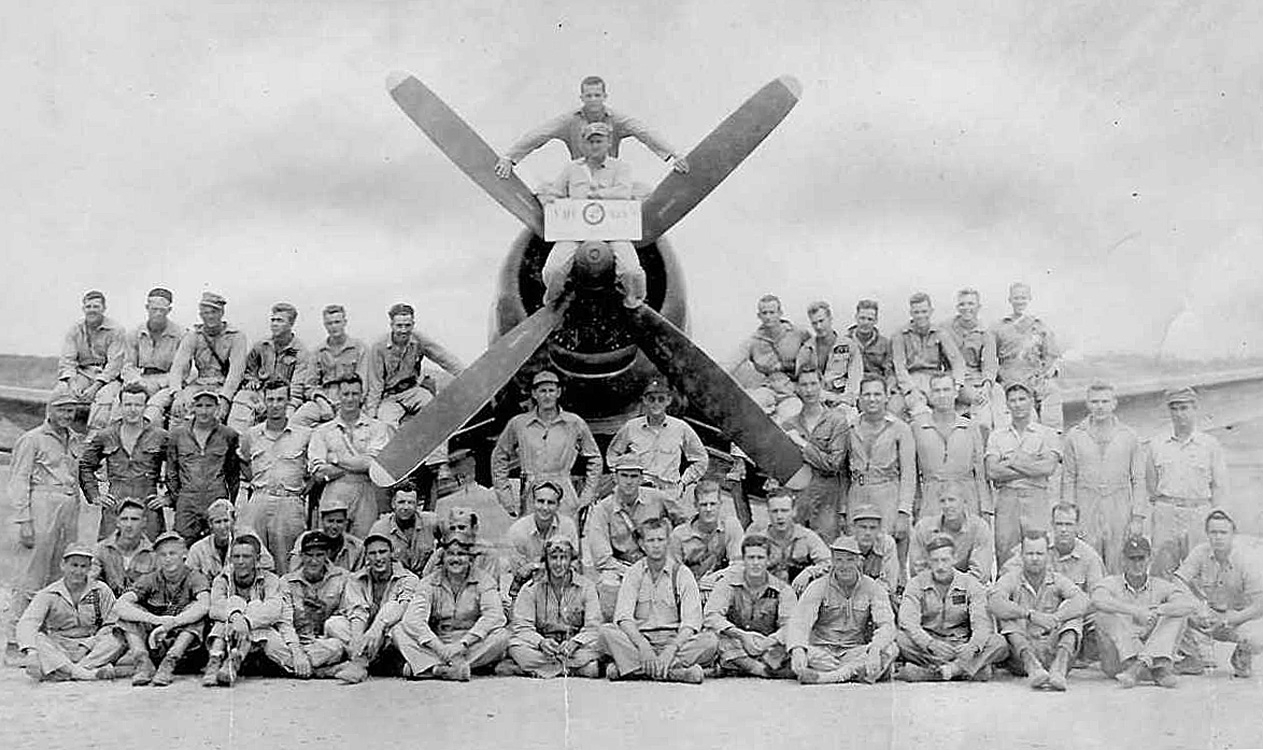
Throughout the Korean War, the MAG-12 played a pivotal role in a multitude of operations, successfully executing over 80,000 combat sorties against enemy troops, installations, vehicles and crucial targets, as documented in a database provided by the US Marine Corps.
Lee said the primary mission of the MAG-12, stationed at the Ganggang Air Base, was to effectively impede the southward advancement of the Chinese People's Liberation Army, numbering in the hundreds of thousands, through airstrikes.
In a momentous occurrence, Lee and the US Marine forces valiantly assumed the defense of the Gangneung airbase during a harsh winter, coinciding with the Christmas season of 1951. Driven by vital intelligence, they became aware of an imminent peril: thousands of Chinese People's Liberation Army soldiers were mobilizing for a massive assault on Daegwallyeong Pass, located close to the airfield.
"The presence and dedication of US forces has prevented the spread of communism, enabled us to rebuild the country and thrive. Words cannot express the depth of gratitude I feel. I constantly hold them in grateful regard, even now," Lee said.
"I always think about how many brave US soldiers lost their lives on the Korean frontline. The number is in the tens of thousands. I am incredibly thankful for their sacrifices."
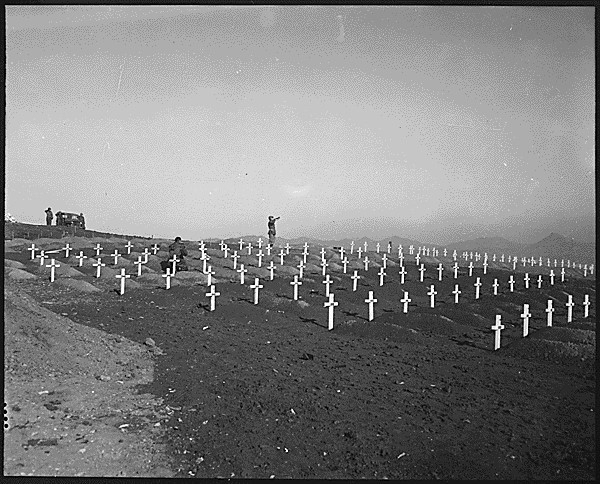
Inspired by the valor and commitment demonstrated by US pilots, Lee embarked on a new chapter by joining the South Korean Air Force in 1954, following the cessation of the Korean War. However, confronted with financial hardships and the challenges of sustaining himself on his military salary, he decided to get discharged from the military service in order to seek better opportunities and support himself more effectively in 1968.
Lee underscored the paramount importance of the unwavering alliance between South Korea and the US, highlighting its role as a pillar supporting the prosperity and development of liberal democracy in South Korea. The alliance holds even greater significance considering South Korea's geographical proximity to major powers such as China and Russia.
"How fortunate we are to live in a liberal democracy! But the abundance and comfort of our lives have led some to overlook the true value of these privileges," according to Lee.
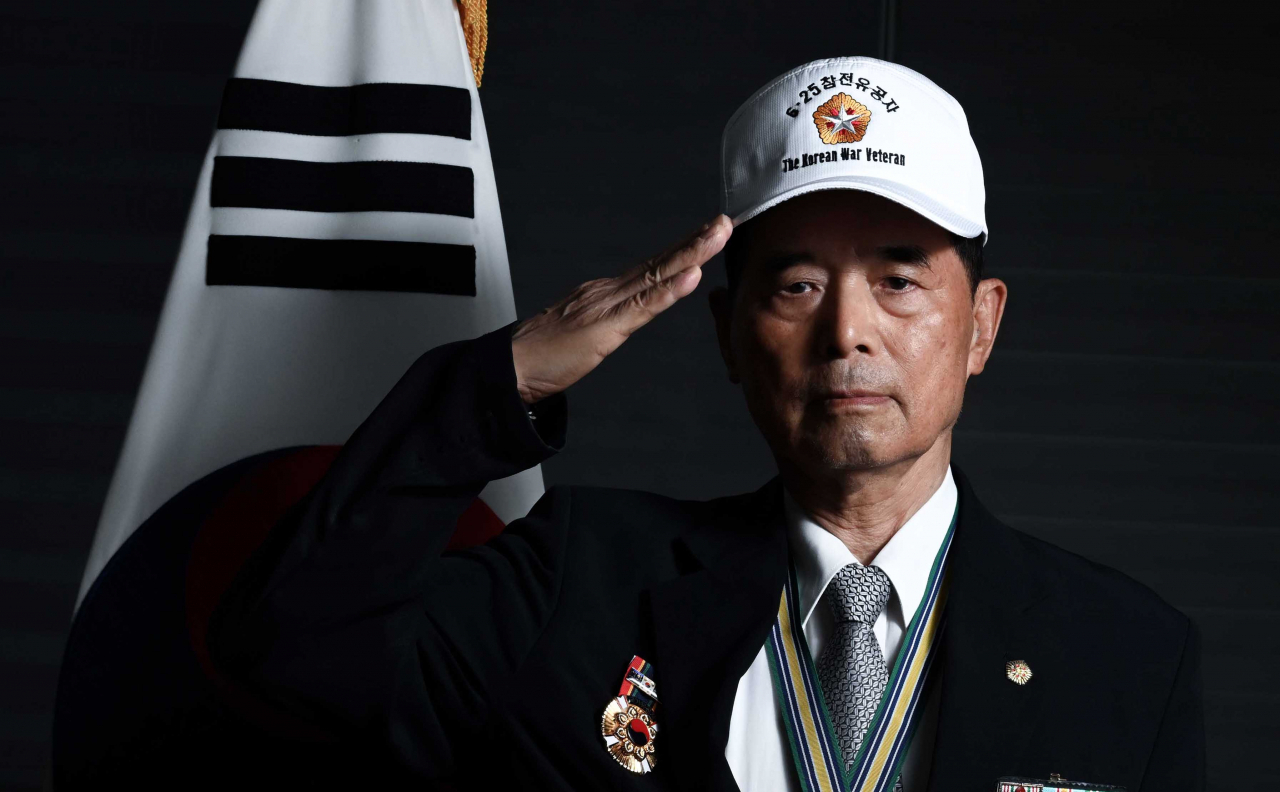
As Lee nears his 90s, he openly shared his heartfelt desire to witness a unified Korean Peninsula, which served as his driving force during his participation in the Korean War.
Lee also expressed a profound longing to visit his hometown of Ryongchon County in North Korea’s North Pyongan Province before his death. In 1948, Lee and his older brother were compelled to defect from North Korea to escape the Soviet occupation of the North which began in 1945.
"Unification seems unattainable at present. But I hold the belief that communism is ultimately unsustainable due to challenges in maintaining livelihoods and limited freedom. How do people manage their lives in such a country?" Lee said.
"However, it is regrettable that the path toward unification is taking such a long time."











![[Kim So-hyun] The quiet taxi driver from Paris](http://res.heraldm.com/phpwas/restmb_idxmake.php?idx=644&simg=/content/image/2024/04/25/20240425050891_0.jpg&u=)







